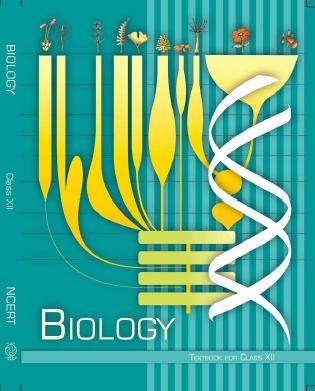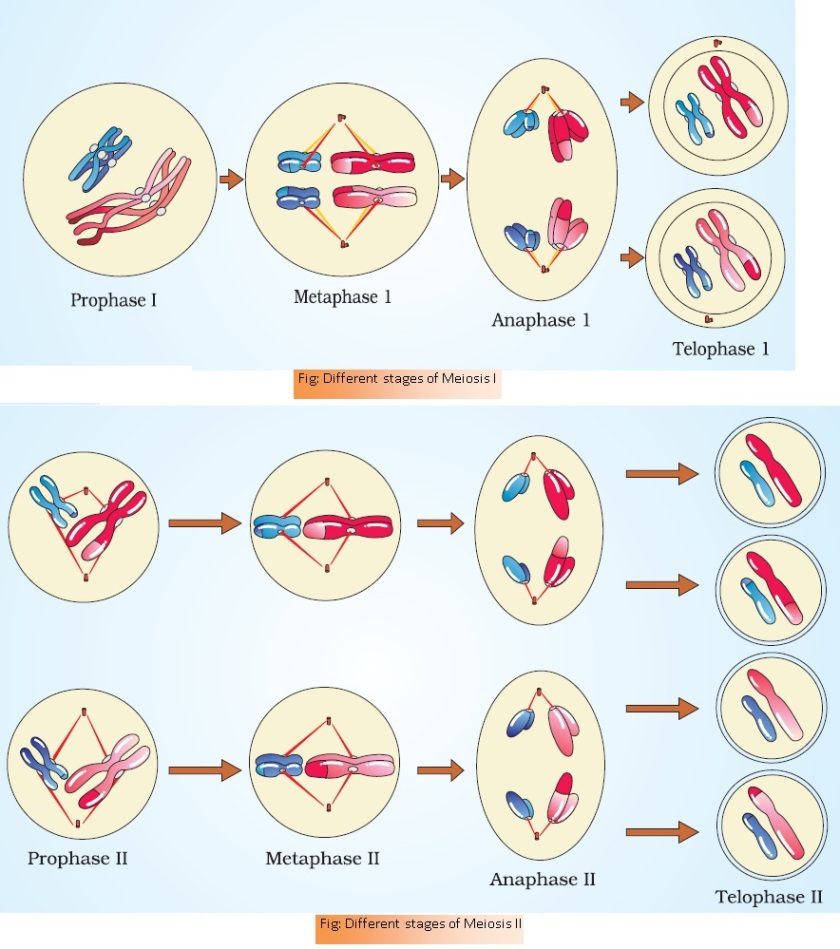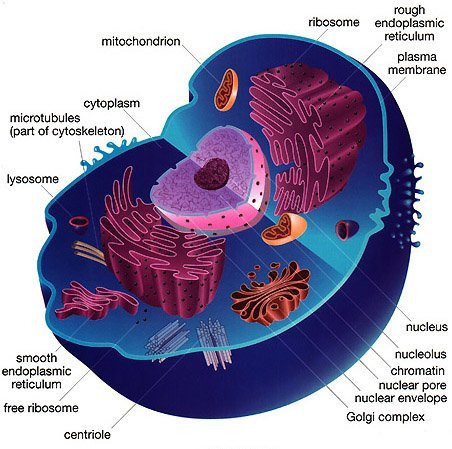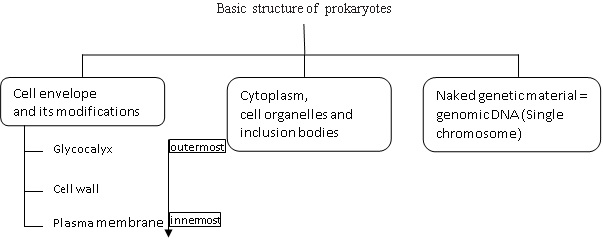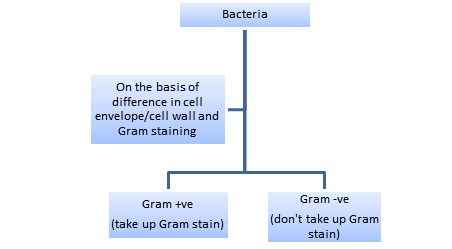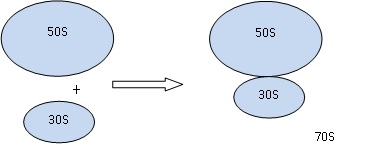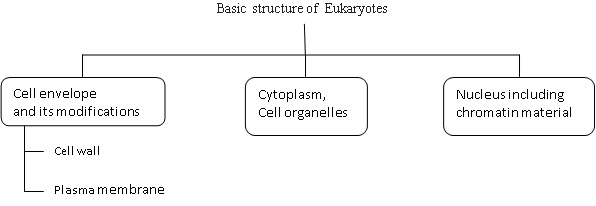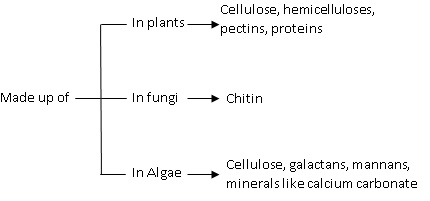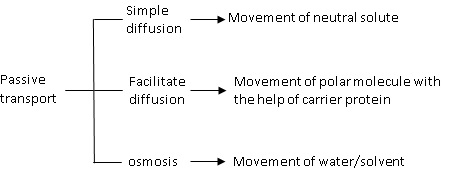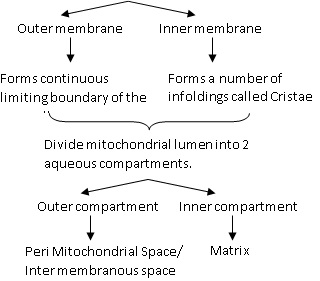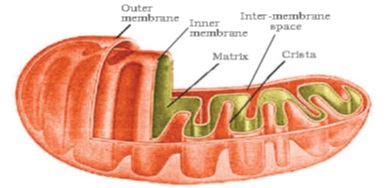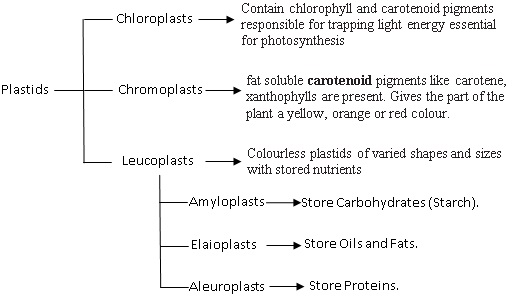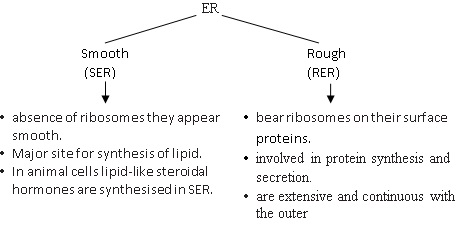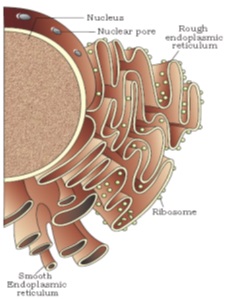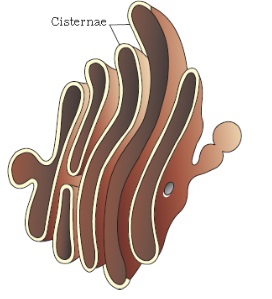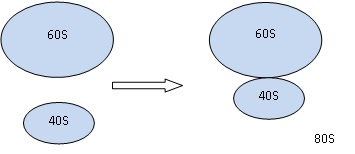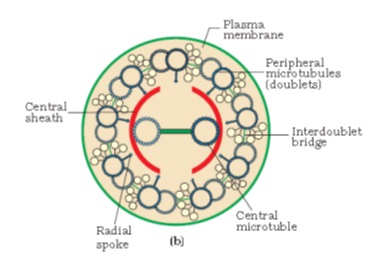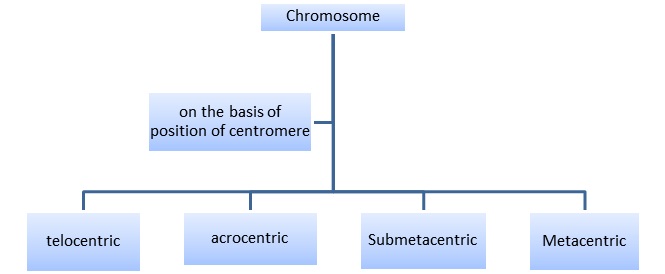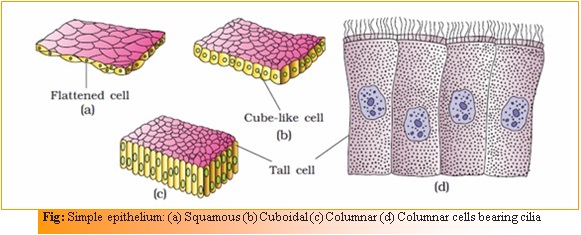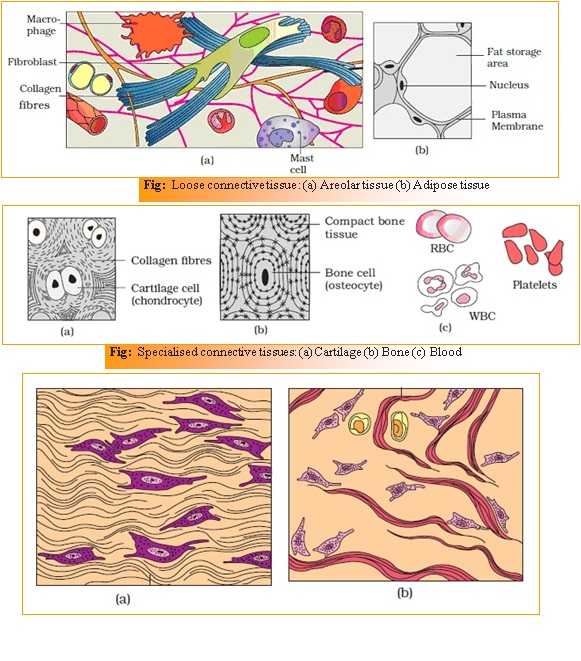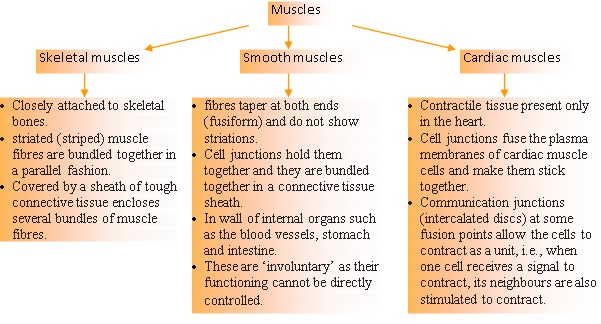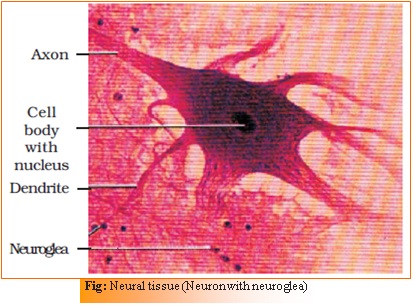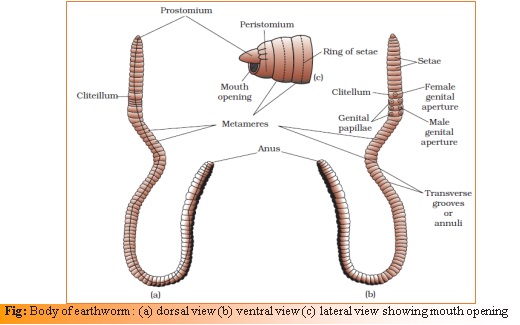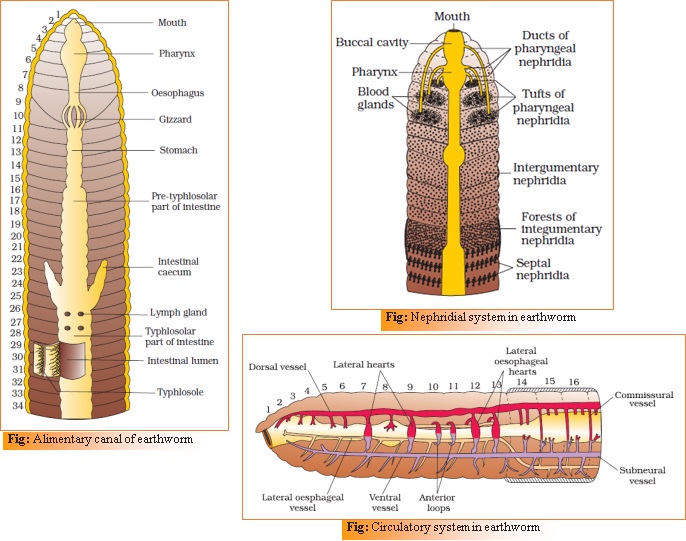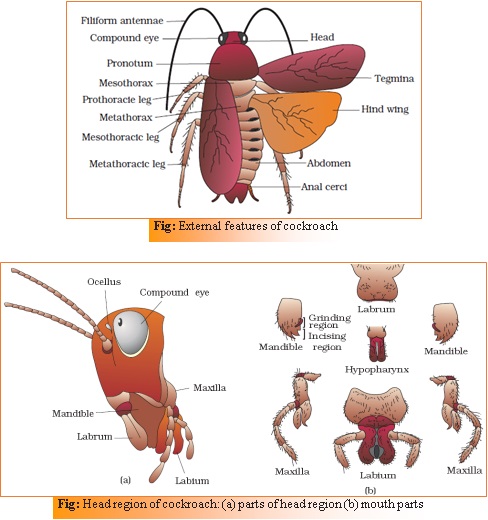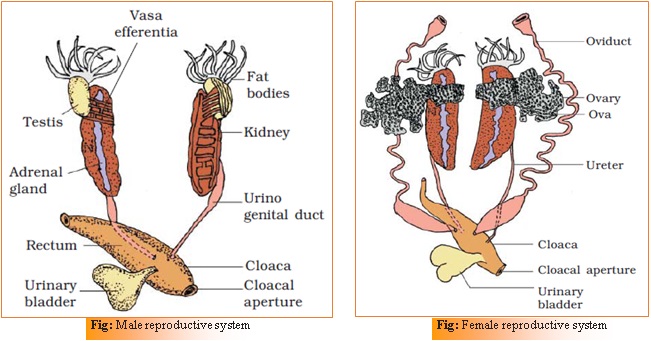CHAPTER 13
PHOTOSYNTHESIS IN HIGHER PLANTS
- Green plants carry out ‘photosynthesis’, a physico-chemical process by which they use light energy to drive the synthesis of organic compounds.
- Ultimately, all living forms on earth depend on sunlight for energy.
- The use of energy from sunlight by plants doing photosynthesis is the basis of life on earth. Photosynthesis is important due to two reasons:
(a) it is the primary source of all food on earth.
(b) It is also responsible for the release of oxygen into the atmosphere by green plants.
- chlorophyll (green pigment of the leaf), light and CO2 are required for photosynthesis to occur.
- Two leaves experiment for importance of chlorophyll for starch formation – a variegated leaf or a leaf that was partially covered with black paper, and one that was exposed to light. On testing these leaves for starch it was clear that photosynthesis occurred only in the green parts of the leaves in the presence of light.
- Half-leaf experiment for importance of CO2 for starch formation – a part of a leaf is enclosed in a test tube containing some KOH soaked cotton (which absorbs CO2), while the other half is exposed to air. The setup is then placed in light for some time. On testing for starch later in the two halves of the leaf the exposed part of the leaf tested positive for starch while the portion that was in the tube, tested negative.
Early Experiments
Joseph Priestley (1770) – revealed the essential role of air in the growth of green plants
– discovered oxygen in 1774.
– Bell jar experiment
– hypothesised that Plants restore to the air whatever breathing animals and burning candles remove.
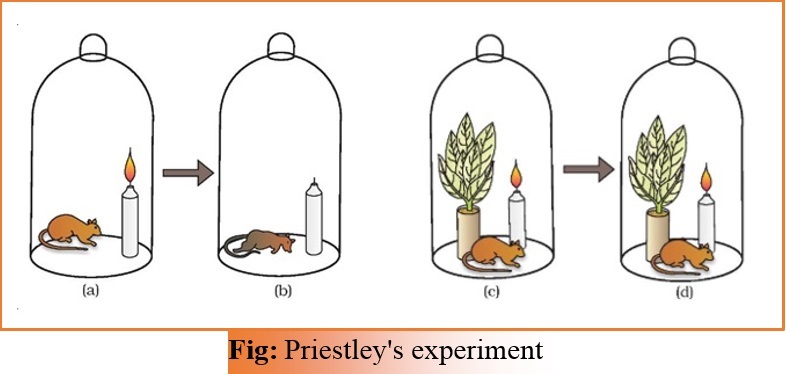
Jan Ingenhousz (1730-1799) – showed that sunlight is essential to the photosynthesis.
Julius von Sachs (1854) – provided evidence for production of glucose when plants grow.
– Glucose is usually stored as starch.
– showed that the green substance in plants is located in special bodies (later called chloroplasts) within plant cells.
T.W Engelmann (1843 – 1909) – Used a prism to split light into its spectral components and then illuminated a green alga, Cladophora, placed in a suspension of aerobic bacteria. The bacteria were used to detect the sites of O2 evolution.
– observed that the bacteria accumulated mainly in the region of blue and red light of the split spectrum.
– described first action spectrum of photosynthesis, which resembles roughly the absorption spectra of chlorophyll a and b.
The empirical equation representing the total process of photosynthesis for oxygen evolving organisms was then understood as:
CO2 + H2O —Light –> [CH2O] + O2
where [CH2O] represented a carbohydrate (e.g., glucose, a six-carbon sugar).
Cornelius van Niel (1897-1985) – a microbiologist
– studies of purple and green bacteria,
– demonstrated that photosynthesis is essentially a light-dependent reaction in which hydrogen from a suitable oxidisable compound reduces carbon dioxide to carbohydrates.
2H2A + CO2 —Light –> 2A + CH2O + H2O
– In green plants H2O is the hydrogen donor and is oxidised to O2.
– When H2S is the hydrogen donor for purple and green sulphur bacteria, the ‘oxidation’ product is sulphur or sulphate and not O2.
– Hence, he inferred that the O2 evolved by the green plant comes from H2O, not from carbon dioxide.
– This was later proved by using radioisotopic techniques.
The correct equation, that would represent the overall process of photosynthesis is therefore:
6CO2 +12H2O —Light –> C6H12O6 + 6H2O + 6O2
SITE OF PHOTOSYNTHESIS
- Photosynthesis occurs in green leaf in the chloroplasts.
- mesophyll cells in the leaves, have a large number of chloroplasts. Usually the chloroplasts align themselves along the walls of the mesophyll cells, such that they get the optimum quantity of the incident light.
- Within the chloroplast there is the membranous system consisting of grana, the stroma lamellae, and the fluid stroma. There is a clear division of labour within the chloroplast. The membrane system is responsible for trapping the light energy and also for the synthesis of ATP and NADPH. In stroma, enzymatic reactions incorporate CO2 into the plant leading to the synthesis of sugar, which in turn forms starch.
- The former set of reactions, since they are directly light driven are called light reactions. The latter are not directly light driven but are dependent on the products of light reactions (ATP and NADPH). Hence, to distinguish the latter they are called, by convention, as dark reactions. However, this should not be construed to mean that they occur in darkness or that they are not light- dependent.
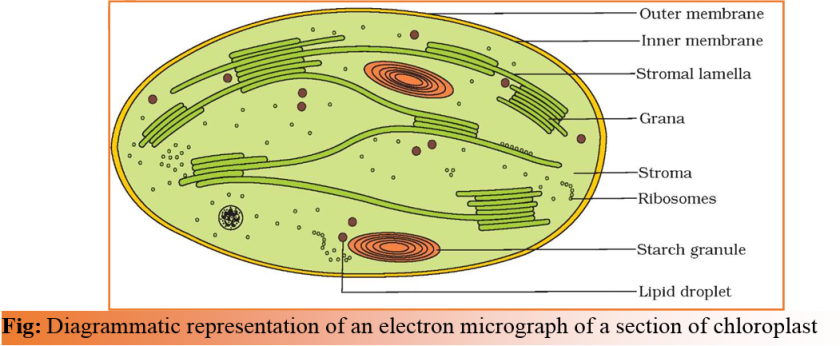 HOW MANY PIGMENTS ARE INVOLVED IN PHOTOSYNTHESIS?
HOW MANY PIGMENTS ARE INVOLVED IN PHOTOSYNTHESIS?
- A chromatographic separation of the leaf pigments shows that the colour that we see in leaves is not due to a single pigment but due to four pigments:
Chlorophyll a (bright or blue green in the chromatogram),
chlorophyll b (yellow green),
xanthophylls (yellow) and
carotenoids (yellow to yellow-orange).
- Pigments are substances that have an ability to absorb light, at specific wavelengths.
- wavelengths at which there is maximum absorption by chlorophyll a, is in the blue and the red regions, also shows higher rate of photosynthesis. Hence, we can conclude that chlorophyll a is the chief pigment associated with photosynthesis.
- These graphs, together, show that most of the photosynthesis takes place in the blue and red regions of the spectrum; some photosynthesis does take place at the other wavelengths of the visible spectrum.
- Though chlorophyll is the major pigment responsible for trapping light, other thylakoid pigments like chlorophyll b, xanthophylls and carotenoids, which are called accessory pigments, also absorb light and transfer the energy to chlorophyll a. Indeed, they not only enable a wider range of wavelength of incoming light to be utilised for photosyntesis but also protect chlorophyll a from photo-oxidation.
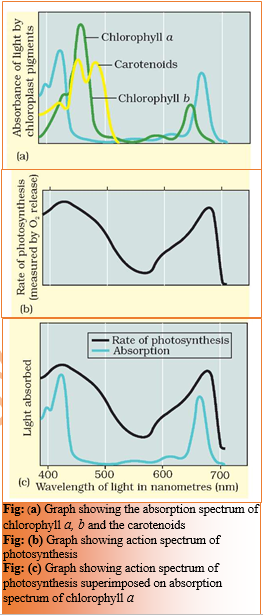
WHAT IS LIGHT REACTION?
- Light reactions or the ‘Photochemical’ phase include light absorption, water splitting, oxygen release, and the formation of high-energy chemical intermediates, ATP and NADPH.
- several complexes are involved in the process.
- The pigments are organised into two discrete photochemical light harvesting complexes (LHC) within the Photosystem I (PS I) and Photosystem II (PS II). These are named in the sequence of their discovery, and not in the sequence in which they function during the light reaction.
- The LHC are made up of hundreds of pigment molecules bound to proteins.
- Each photosystem has all the pigments (except one molecule of chlorophyll a) forming a light harvesting system also called antennae.
- These pigments help to make photosynthesis more efficient by absorbing different wavelengths of light. The single chlorophyll a molecule forms the reaction centre.
- The reaction centre is different in both the photosystems.
- In PS I the reaction centre chlorophyll a has an absorption peak at 700 nm, hence is called P700, while in PS II it has absorption maxima at 680 nm, and is called P680
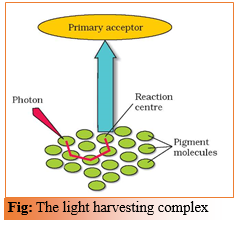 THE ELECTRON TRANSPORT
THE ELECTRON TRANSPORT
- In photosystem II the reaction centre chlorophyll a absorbs 680 nm wavelength of red light causing electrons to become excited and jump into an orbit farther from the atomic nucleus. These electrons are picked up by an electron acceptor which passes them to an electrons transport system consisting of cytochromes.
- This movement of electrons is downhill, in terms of an oxidation-reduction or redox potential scale.
- The electrons are not used up as they pass through the electron transport chain, but are passed on to the pigments of photosystem PS I.
- Simultaneously, electrons in the reaction centre of PS I are also excited when they receive red light of wavelength 700 nm and are transferred to another accepter molecule that has a greater redox potential.
- These electrons then are moved downhill again, this time to a molecule of energy-rich NADP+.
- The addition of these electrons reduces NADP+ to NADPH + H+.
- This whole scheme of transfer of electrons, starting from the PS II, uphill to the accepter, down the electron transport chain to PS I, excitation of electrons,transfer to another accepter, and finally down hill to NADP+ causing it to be reduced to NADPH + H+ is called the Z scheme, due to its characterstic shape. This shape is formed when all the carriers are placed in a sequence on a redox potential scale.
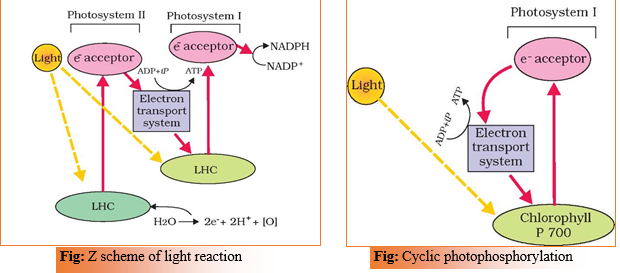 Splitting of Water
Splitting of Water
- The electrons that were moved from photosystem II must be replaced.
- This is achieved by electrons available due to splitting of water.
- The splitting of water is associated with the PS II; water is split into H+, [O] and electrons.
- This creates oxygen, one of the net products of photosynthesis.
- The electrons needed to replace those removed from photosystem I are provided by photosystem II.
- 2H2O ——-> 4H+ + O2 + 4e–
- water splitting complex is associated with the PS II, which itself is physically located on the inner side of the membrane of the thylakoid.
Cyclic and Non-cyclic Photo-phosphorylation
- Living organisms have the capability of extracting energy from oxidisable substances and store this in the form of bond energy.
- Special substances like ATP, carry this energy in their chemical bonds.
- The process of whichATP is synthesised by cells (in mitochondria and chloroplasts) is named phosphorylation.
- Photo- phosphorylation is the synthesis of ATP from ADP and inorganic phosphate in the presence of light.
- When the two photosystems work in a series, first PS II and then the PS I, a process called non-cyclic photo-phosphorylation occurs.
- The two photosystems are connected through an electron transport chain, as seen earlier – in the Z scheme.
- Both ATP and NADPH + H+ are synthesised by this kind of electron flow.
- When only PS I is functional, the electron is circulated within the photosystem and the phosphorylation occurs due to cyclic flow of electrons.
- A possible location where this could be happening is in the stroma lamellae.
- While the membrane or lamellae of the grana have both PS I and PS II the stroma lamellae membranes lack PS II as well as NADP reductase enzyme.
- The excited electron does not pass on to NADP+ but is cycled back to the PS I complex through the electron transport chain. The cyclic flow hence, results only in the synthesis of ATP, but not of NADPH + H+.
- Cyclic photophosphorylation also occurs when only light of wavelengths beyond 680 nm are available for excitation.
Chemiosmotic Hypothesis
- The chemiosmotic hypothesis has been put forward to explain the mechanism of synthesis of ATP.
- Like in respiration, in photosynthesis too, ATP synthesis is linked to development of a proton gradient across a membrane.
- This time these are membranes of the thylakoid.
- There is one difference though, here the proton accumulation is towards the inside of the membrane, i.e., in the lumen.
- In respiration, protons accumulate in the intermembrane space of the mitochondria when electrons move through the ETS.
- Processes that take place during the activation of electrons and their transport to determine the steps that cause a proton gradient to develop are –
(a) Since splitting of the water molecule takes place on the inner side of the membrane, the protons or hydrogen ions that are produced by the splitting of water accumulate within the lumen of the thylakoids.
(b) As electrons move through the photosystems, protons are transported across the membrane. This happens because the primary accepter of electron which is located towards the outer side of the membrane transfers its electron not to an electron carrier but to an H carrier. Hence, this molecule removes a proton from the stroma while transporting an electron. When this molecule passes on its electron to the electron carrier on the inner side of the membrane, the proton is released into the inner side or the lumen side of the membrane.
(c) The NADP reductase enzyme is located on the stroma side of the membrane. Along with electrons that come from the accepter of electrons of PS I, protons are necessary for the reduction of NADP+ to NADPH+ H+. These protons are also removed from the stroma.
- Hence, within the chloroplast, protons in the stroma decrease in number, while in the lumen there is accumulation of protons.
- This creates a proton gradient across the thylakoid membrane as well as a measurable decrease in pH in the lumen.
- This proton gradient is important because it is the breakdown of this gradient that leads to release of energy.
- The gradient is broken down due to the movement of protons across the membrane to the stroma through the transmembrane channel of the F0 of the ATPase.
- The ATPase enzyme consists of two parts:
one called the F0 is embedded in the membrane and forms a transmembrane channel that carries out facilitated diffusion of protons across the membrane.
The other portion is called F1 and protrudes on the outer surface of the thylakoid membrane on the side that faces the stroma. The breakdown of the gradient provides enough energy to cause a conformational change in the F1 particle of the ATPase, which makes the enzyme synthesise several molecules of energy-packed ATP.
- Chemiosmosis requires a membrane, a proton pump, a proton gradient and ATPase.
- Energy is used to pump protons across a membrane, to create a gradient or a high concentration of protons within the thylakoid lumen.
- ATPase has a channel that allows diffusion of protons back across the membrane; this releases enough energy to activate ATPase enzyme that catalyses the formation of ATP.
- Along with the NADPH produced by the movement of electrons, the ATP will be used immediately in the biosynthetic reaction taking place in the stroma, responsible for fixing CO2, and synthesis of sugars.

WHERE ARE THE ATP AND NADPH USED?
- The products of light reaction are ATP, NADPH and O2.
- Of these O2 diffuses out of the chloroplast while ATP and NADPH are used to drive the processes leading to the synthesis of food, more accurately, sugars.
- This is the biosynthetic phase of photosynthesis.
- This process does not directly depend on the presence of light but is dependent on the products of the light reaction, i.e., ATP and NADPH, besides CO2 and H2
- Immediately after light becomes unavailable, the biosynthetic process continues for some time, and then stops. If then, light is made available, the synthesis starts again.
- CO2 is combined with H2O to produce (CH2O)n or sugars.
- Melvin Calvin used radioactive 14C in algal photosynthesis studies which led to the discovery that the first CO2 fixation product was a 3-carbon organic acid or 3-phosphoglyceric acid (PGA).
- He also contributed to working out the complete biosynthetic pathway; hence it was called Calvin cycle after him.
- In another group of plants, first stable product of CO2 fixation is 4 carbon organic acid oxaloacetic acid or OAA.
- The Primary Acceptor of CO2 is a 5-carbon ketose sugar – ribulose bisphosphate (RuBP).
THE CALVIN CYCLE
- Calvin and his co-workers then worked out the whole pathway and showed that the pathway operated in a cyclic manner; the RuBP was regenerated.
- The Calvin pathway occurs in all photosynthetic plants; it does not matter whether they have C3 or C4 (or any other) pathways.
- The Calvin cycle can be described under three stages: carboxylation, reduction and regeneration.
- Carboxylation –
Carboxylation is the fixation of CO2 into a stable organic intermediate.
Carboxylation is the most crucial step of the Calvin cycle where CO2 is utilised for the carboxylation of RuBP.
This reaction is catalysed by the enzyme RuBP carboxylase which results in the formation of two molecules of 3-PGA.
Since this enzyme also has an oxygenation activity it would be more correct to call it RuBP carboxylase-oxygenase or RuBisCO.
- Reduction –
These are a series of reactions that lead to the formation of glucose.
The steps involve utilisation of 2 molecules of ATP for phosphorylation and two of NADPH for reduction per CO2 molecule fixed.
The fixation of six molecules of CO2 and 6 turns of the cycle are required for the removal of one molecule of glucose from the pathway.
- Regeneration –
Regeneration of the CO2 acceptor molecule RuBP is crucial if the cycle is to continue uninterrupted.
The regeneration steps require one ATP for phosphorylation to form RuBP.
- Hence for every CO2 molecule entering the Calvin cycle, 3 molecules of ATP and 2 of NADPH are required.
- It is probably to meet this difference in number of ATP and NADPH used in the dark reaction that the cyclic phosphorylation takes place.
- To make one molecule of glucose 6 turns of the cycle are required.
- Total 18 ATP, 12 NADPH, 12 CO2 are used synthesis of for 1 molecule of glucose.

THE C4 PATHWAY
- Plants that are adapted to dry tropical regions have the C4 pathway
- Though these plants have the C4 oxaloacetic acid as the first CO2 fixation product they use the C3 pathway or the Calvin cycle as the main biosynthetic pathway.
- C4 plants are special: They have a special type of leaf anatomy, they tolerate higher temperatures, they show a response to highlight intensities, they lack a process called photorespiration and have greater productivity of biomass.
- The particularly large cells around the vascular bundles of the C4 pathway plants are called bundle sheath cells, and the leaves which have such anatomy are said to have ‘Kranz’ anatomy.
- ‘Kranz’ means ‘wreath’ and is a reflection of the arrangement of cells.
- The bundle sheath cells may form several layers around the vascular bundles; they are characterised by having a large number of chloroplasts, thick walls impervious to gaseous exchange and no intercellular spaces.
- This pathway also known as Hatch and Slack Pathway, is a cyclic process.
- The primary CO2 acceptor is a 3-carbon molecule phosphoenol pyruvate (PEP) and is present in the mesophyll cells. The enzyme responsible for this fixation is PEP carboxylase or PEPcase.
- The mesophyll cells lack RuBisCO enzyme.
- The C4 acid OAA is formed in the mesophyll cells.
- It then forms other 4-carbon compounds like malic acid or aspartic acid in the mesophyll cells itself, which are transported to the bundle sheath cells.
- In the bundle sheath cells these C4 acids are broken down to release CO2 and a 3-carbon molecule.
- The 3-carbon molecule is transported back to the mesophyll where it is converted to PEP again, thus, completing the cycle.
- The CO2 released in the bundle sheath cells enters the C3 or the Calvin pathway, a pathway common to all plants. The bundle sheath cells are rich in an enzyme Ribulose bisphosphate carboxylase-oxygenase (RuBisCO), but lack PEPcase.
- Thus, the basic pathway that results in the formation of the sugars, the Calvin pathway, is common to the C3 and C4
- the Calvin pathway occurs in all the mesophyll cells of the C3 plants while in the C4 plants it does not take place in the mesophyll cells but does so only in the bundle sheath cells.

PHOTORESPIRATION
- RuBisCO is the most abundant enzyme in the world.
- It is characterised by the fact that its active site can bind to both CO2 and O2 – hence the name.
- RuBisCO has a much greater affinity for CO2 than for O2.
- This binding is competitive. It is the relative concentration of O2 and CO2 that determines which of the two will bind to the enzyme.
- In C3 plants some O2 does bind to RuBisCO, and hence CO2 fixation is decreased. Here the RuBP instead of being converted to 2 molecules of PGA binds with O2 to form one molecule and phosphoglycolate in a pathway called photorespiration.
- In the photorespiratory pathway, there is neither synthesis of sugars, nor of ATP. Rather it results in the release of CO2 with the utilisation of ATP.
- In the photorespiratory pathway there is no synthesis of ATP or NADPH. Therefore, photorespiration is a wasteful process.
- In C4 plants photorespiration does not occur. This is because they have a mechanism that increases the concentration of CO2 at the enzyme site.
- This takes place when the C4 acid from the mesophyll is broken down in the bundle cells to release CO2 – this results in increasing the intracellular concentration of CO2.
- In turn, this ensures that the RuBisCO functions as a carboxylase minimising the oxygenase activity.
- Because of absence of photorespiration in C4 plants, productivity and yields are better in these plants.
- These plants show tolerance to higher temperatures.
| Characteristics | C3 Plants | C4 Plants |
| Cell type in which the Calvin cycle takes place | Both | Bundle sheath |
| Cell type in which the initial carboxylation reaction occurs | Both | Mesophyll |
| How many cell types does the leaf have that fix Co2. | Three: Bundle sheath, palisade, spongy mesophyll | Two: Bundle sheath and
Mesophyll |
| Which is the primary Co2 acceptor | RuBP | PEP |
| Number of carbons in the primary Co2 acceptor | 5 | 3 |
| Which is the primary Co2 fixation product | PGA | OAA |
| No. of carbons in the primary Co2 fixation product | 3 | 4 |
| Does the plant have RuBisCo? | Yes | Yes |
| Does the plant have PEP Case? | No | Yes |
| Which cells in the plant have Rubisco? | Mesophyll/Bundle sheath/none | Mesophyll/Bundle sheath/none |
| Co2 fixation rate under high light conditions | Medium | High |
| Whether photorespiration is present at low light intensities | Sometimes | Negligible |
| Whether photorespiration is present at high light intensities | Sometimes | Negligible |
| Whether photorespiration would be present at low CO2 concentrations | High | Negligible |
| Whether photorespiration would be present at high CO2 concentrations | Sometimes | Negligible |
| Temperature optimum | 20-25C | 30-40 C |
FACTORS AFFECTING PHOTOSYNTHESIS
- The rate of photosynthesis is very important in determining the yield of plants including crop plants.
- Photosynthesis is under the influence of several factors, both internal (plant) and external.
- The plant factors include the number, size, age and orientation of leaves, mesophyll cells and chloroplasts, internal CO2 concentration and the amount of chlorophyll. The plant or internal factors are dependent on the genetic predisposition and the growth of the plant.
- The external factors include the availability of sunlight, temperature, CO2 concentration and water.
- As a plant photosynthesises, all these factors will simultaneously affect its rate. Hence, though several factors interact and simultaneously affect photosynthesis or CO2 fixation, usually one factor is the major cause or is the one that limits the rate. Hence, at any point the rate will be determined by the factor available at sub-optimal levels.
- Blackman’s (1905) Law of Limiting Factors – If a chemical process is affected by more than one factor, then its rate will be determined by the factor which is nearest to its minimal value: it is the factor which directly affects the process if its quantity is changed
- For example, despite the presence of a green leaf and optimal light and CO2 conditions, the plant may not photosynthesise if the temperature is very low. This leaf, if given the optimal temperature, will start photosynthesising.
Light
- It includes light quality, light intensity and the duration of exposure to light.
- There is a linear relationship between incident light and CO2 fixation rates at low light intensities.
- At higher light intensities, gradually the rate does not show further increase as other factors become limiting.
- Light saturation occurs at 10 per cent of the full sunlight.
- Hence, except for plants in shade or in dense forests, light is rarely a limiting factor in nature.
- Increase in incident light beyond a point causes the breakdown of chlorophyll and a decrease in photosynthesis.
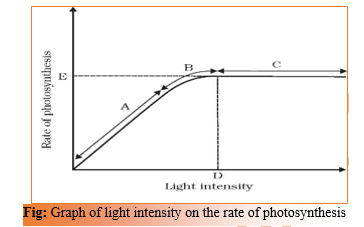
Carbon dioxide Concentration
- Carbon dioxide is the major limiting factor for photosynthesis.
- The concentration of CO2 is very low in the atmosphere (between 0.03 and 0.04 per cent).
- Increase in concentration upto 0.05 per cent can cause an increase in CO2 fixation rates; beyond this the levels can become damaging over longer periods.
- The C3 and C4 plants respond differently to CO2 At low light conditions neither group responds to high Co2 conditions. At high light intensities, both C3 and C4 plants show increase in the rates of photosynthesis.
- C4 plants show saturation at about 360 µlL-1 while in C3 plants saturation is seen only beyond 450 µlL-1. Thus, current availability of CO2 levels is limiting to the C3
- The fact that C3 plants respond to higher CO2 concentration by showing increased rates of photosynthesis leading to higher productivity has been used for some greenhouse crops such as tomatoes and bell pepper. They are allowed to grow in carbon dioxide enriched atmosphere that leads to higher yields.
Temperature
- The dark reactions being enzymatic are temperature controlled.
- Though the light reactions are also temperature sensitive they are affected to a much lesser extent. The C4 plants respond to higher temperatures and show higher rate of photosynthesis while C3 plants have a much lower temperature optimum.
- The temperature optimum for photosynthesis of different plants also depends on the habitat that they are adapted to.
- Tropical plants have a higher temperature optimum than the plants adapted to temperate climates.
Water
- Even though water is one of the reactants in the light reaction, the effect of water as a factor is more through its effect on the plant, rather than directly on photosynthesis.
- Water stress causes the stomata to close hence reducing the CO2 Besides, water stress also makes leaves wilt, reducing the surface area of the leaves and their metabolic activity as well.
Printable PDF file is given in below link…..



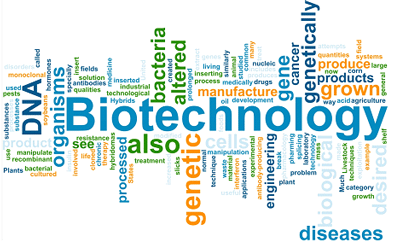


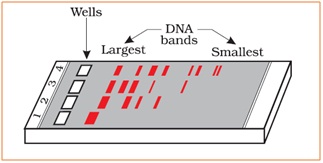
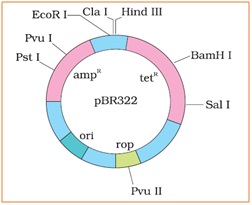
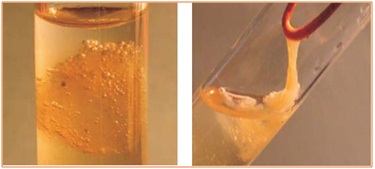
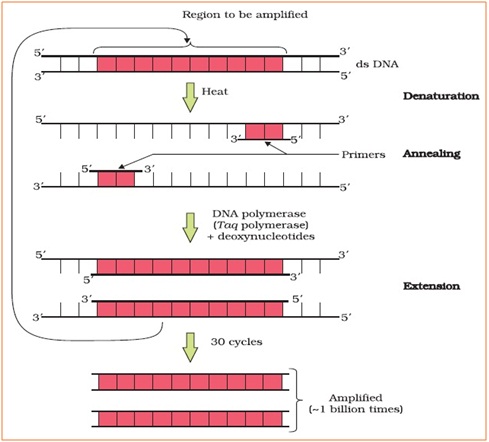
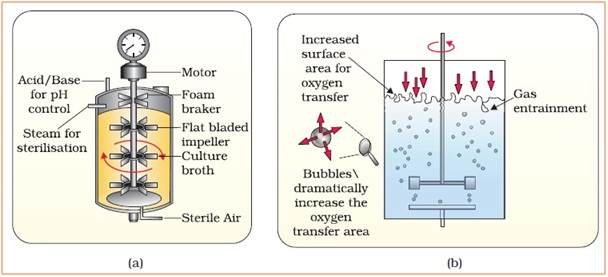
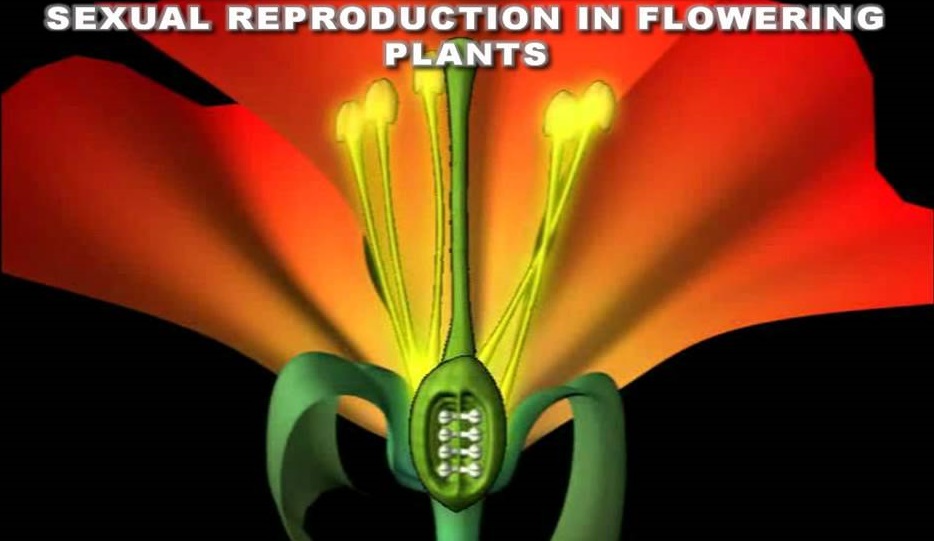

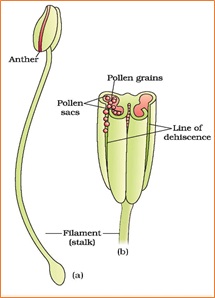
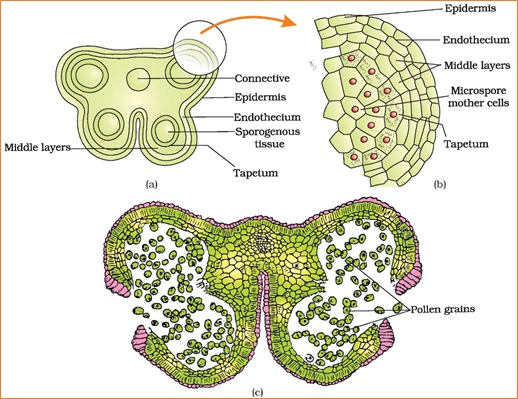



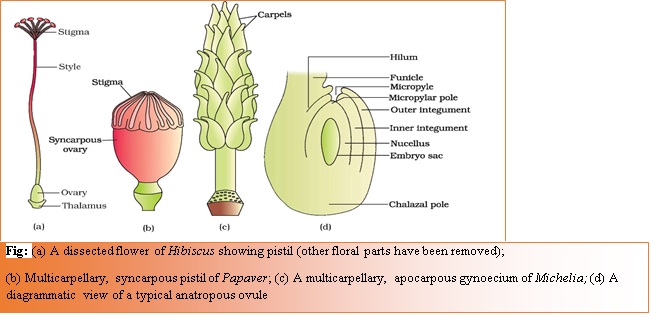

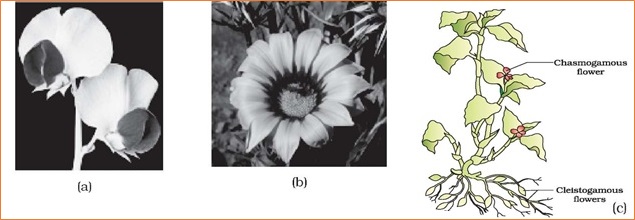
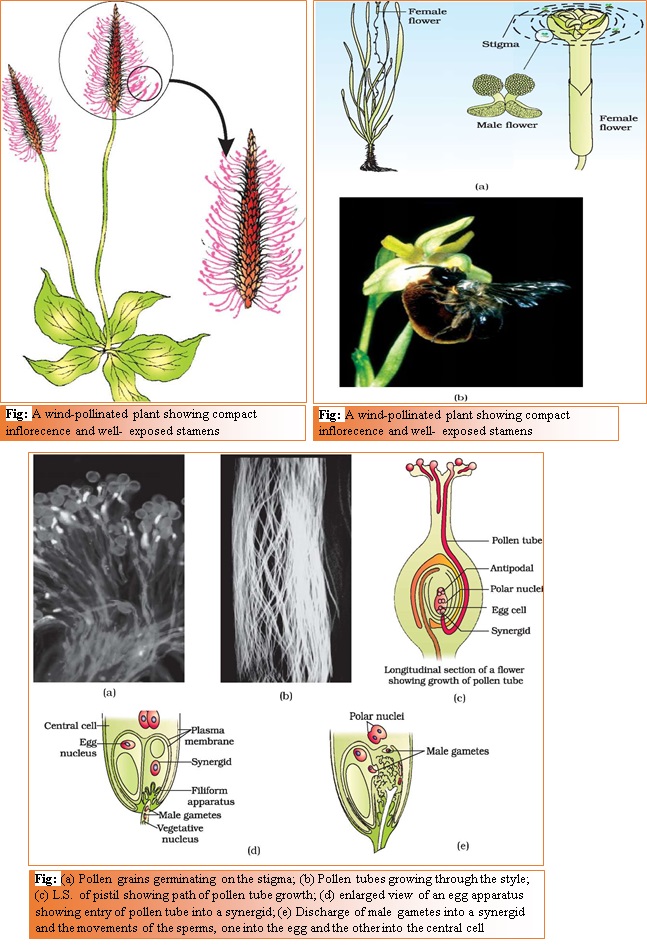

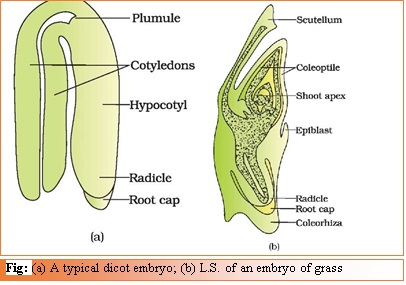


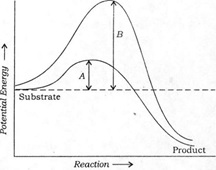
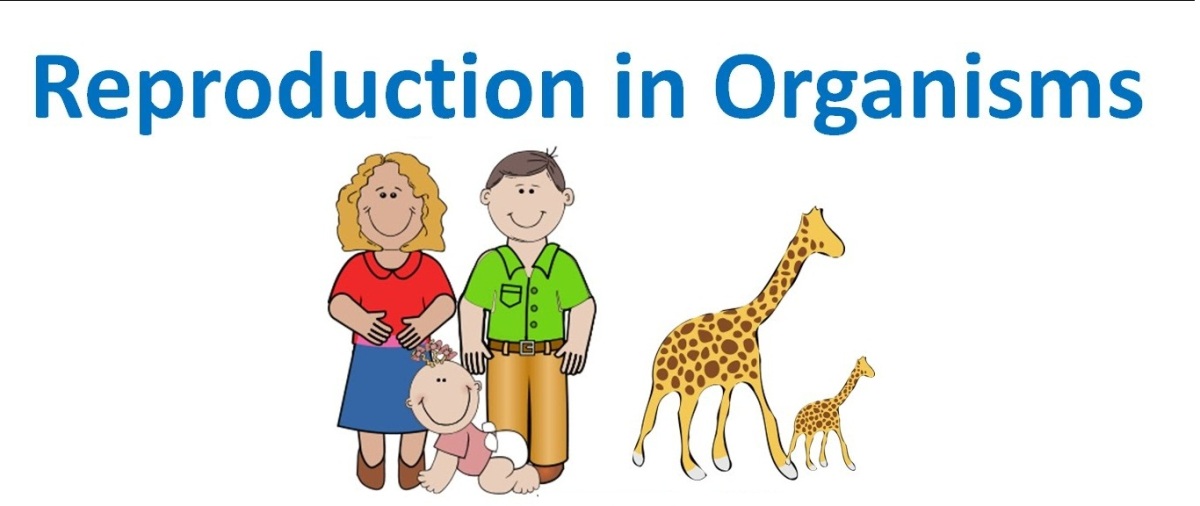
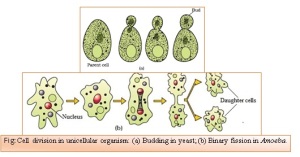
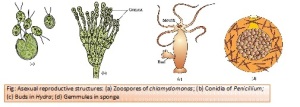
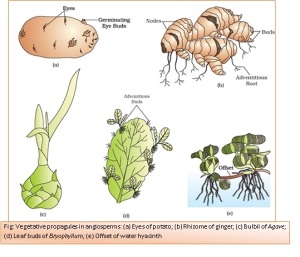
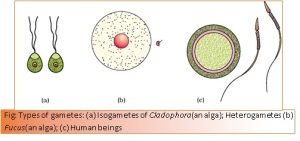


 downloadble pdf file is available…please click on the link below…
downloadble pdf file is available…please click on the link below…